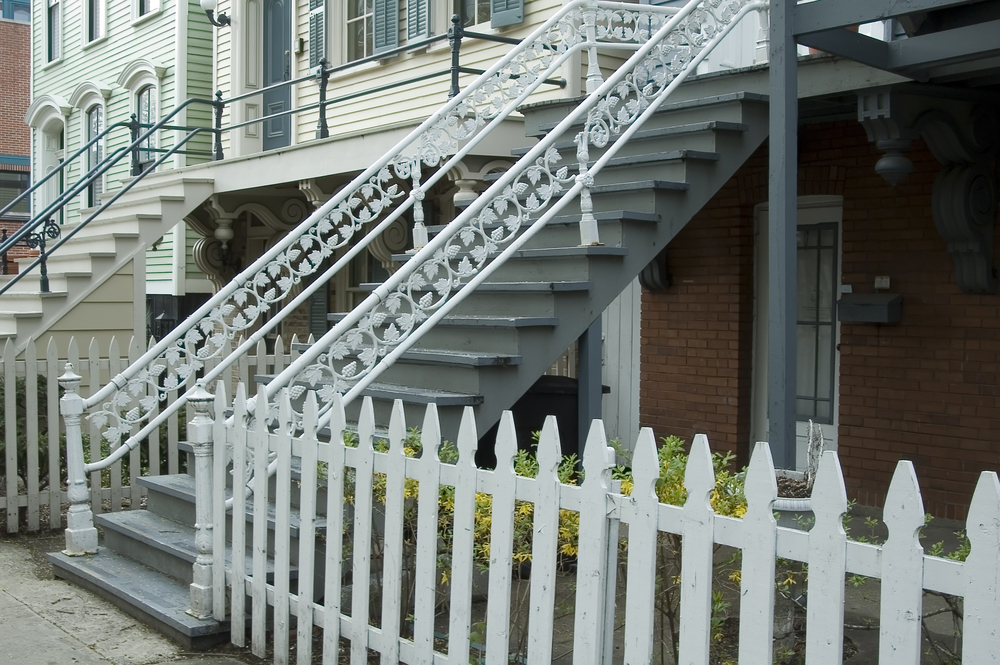When mortgage refinance rates drop, many homeowners begin to do the math to see if mortgage refinancing should be in their future.
Refinancing for a lower interest rate can save them money. But how do you get the best mortgage refinance rates?
This post will look at mortgage refinancing pros and cons, what to look for in a mortgage refinance lender, and what steps you can take to get the best refinance rates.
Types of Mortgage Refinancing
Homeowners have a few options when it comes to mortgage refinancing.
They include:
- Cash-back/ cash-out refinance
- Rate and term refinance
Cash-back / cash-out refinance
With a cash-back mortgage refinance—sometimes called cash-out—borrowers can get a lump sum cash payment when their new mortgage closes.
Homeowners access the equity in their home to take out a bigger mortgage while taking advantage of lower mortgage refinance rates.
The equity in your home refers to the difference between your home’s value and the amount you owe on your mortgage.
With a cash-out refinance, your new mortgage pays off your original loan, and you get the difference between both mortgages—minus any closing costs—in cash.
Rate and term refinance
Rate and term mortgage refinancing allows homeowners to swap out their current mortgage for a new loan with better interest rates and/or loan terms.
A lower interest rate or new terms can help homeowners save money, make monthly mortgage payments more affordable, or repay their loan quicker.
Unlike cash-back and cash-out refinancing, borrowers who opt for a rate and term refinance won’t receive a cash payment when the mortgage closes.
For example, in some rate and term refinance cases, a homeowner may decide to change their 30-year mortgage to a 15-year mortgage at a lower interest rate.
Reducing the interest rate allows you to pay off your mortgage sooner and save money in the long term.
Pros and Cons of Refinancing
Refinancing your mortgage can include several advantages and disadvantages, depending on your situation. Let’s look at the pros and cons of refinancing your mortgage.
Let’s first look at some advantages.
Pro: Save money with better mortgage refinance rates
Refinancing your mortgage has the potential of tapping into lower mortgage refinance rates, saving you money.
Lower mortgage refinance rates can decrease the interest you will pay over the lifetime of your mortgage—sometimes by up to thousands of dollars.
Refinancing is generally considered a prudent financial move if you can get a new interest rate of at least three-quarters of a percentage point less than your current mortgage interest rate.
Pro: Reduce your monthly mortgage payment
Many homeowners can lower their monthly mortgage payments when they refinance their mortgage. Lower mortgage refinance rates, an extended term, or a combination of both can result in a drop in how much money you need to pay each month.
Pro: Get a lump sum cash payment
You can use it for home improvements, repairs, or paying down credit card expenses. Additionally, some homeowners use money from a cash-back mortgage as a downpayment on an investment property.
Pro: Reduce stress with a fixed interest rate
If your current mortgage has an adjustable-rate mortgage (ARM), you could find yourself paying more money whenever interest rates change.
Refinancing your mortgage and moving to a fixed interest rate will help you lock in your monthly principal and interest payments. In a constantly changing world, a fixed interest rate can reduce the stress of never knowing when your payments might suddenly jump.
With a fixed-interest rate mortgage, you pay the same amount every month for the lifetime of your mortgage loan.
Pro: Get rid of mortgage insurance
If you have at least 20% equity in your home, you may be eligible to get rid of private mortgage insurance (PMI) when you refinance. Other factors, including your credit and income, will also play into this eligibility.
Different types of mortgages also have different guidelines for avoiding mortgage insurance, such as when you refinance from an FHA loan into a conventional mortgage. Not only will you need to meet the criteria for a conventional mortgage, but the principal balance on your current mortgage will still need to be at 80% of the home’s original value.
If you’ve met the requirements and have the necessary equity in your home, refinancing from an FHA loan into a conventional one can eliminate the mortgage insurance you’re paying with an FHA loan.
Now, let’s explore some of the disadvantages of mortgage refinancing.
Con: Closing costs
Closing costs can total between 2 to 6 percent of your total loan amount, and just like your first mortgage, you’ll have to pay closing costs when you refinance.
These can include fees for a home appraisal, title insurance, credit report fee, and origination fees.
Some mortgage refinancing options allow you to roll some or all of your closing fees into the new mortgage. However, it’s important to note that rolling closing costs into a new mortgage can increase how much you’ll pay over the lifetime of your loan.
Con: You may get higher monthly mortgage payments
If you opt for a shorter amount of time to repay your mortgage, chances are your monthly mortgage payments will increase.
But, you’ll be paying off your mortgage sooner, and subsequently paying less interest—which can save you money.
Speaking with a lender, like the home loan specialists at Homefinity, can help you calculate whether a shorter mortgage term is best for your situation.
Con: You need to meet refinancing qualifications
To successfully refinance your mortgage and get the best mortgage refinance rates, you’ll need to satisfy the financial qualifications for the new mortgage.
These can include having an acceptable credit score, reliable employment, and equity in your home. Additionally, your home’s value must surpass the amount of mortgage loan you’re requesting.
Lenders also look at your debt-to-income (DTI). Minimize your debt by making additional payments on loan balances, such as personal or auto loans. This can help you meet refinancing qualifications as well as secure the best mortgage rate available.
How to get the best refinance rate
Regardless of how low or high the current mortgage rates are, lenders won’t hand out the best rates to just anyone who applies.
Start by getting your credit score in good shape.
Lenders consider your credit score and credit history when determining the rate you’ll be eligible to receive.
Next, it’s always a good idea to get a mortgage rate quote from multiple lenders. You can get a home.com by Homefinity quote online in a few minutes.
With multiple quotes, you can use the best rate quote to negotiate with other lenders—getting lower mortgage interest rates or possibly waving optional fees.
What to look for in a good refinance lender?
The best refinance lenders will have a low borrowing cost, good customer service, and a genuine desire to help borrowers get approved.
A reliable refinance lender who delivers on their promises is invaluable.
That’s why looking for a mortgage loan officer who is happy to answer your questions and share information on all the refinancing options personally available to you is critical.
At Homefinity, each team brings more than 15 years of experience on average to each situation.
We work with you to help you get the best mortgage refinance rates in the industry today.
Reach out to the home loan specialists at home.com by Homefinity today, and let’s get started.
This article is provided by home.com.
Find a financial professional to help with your mortgage planning with our one-of-a-kind Find an Advisor tool.









